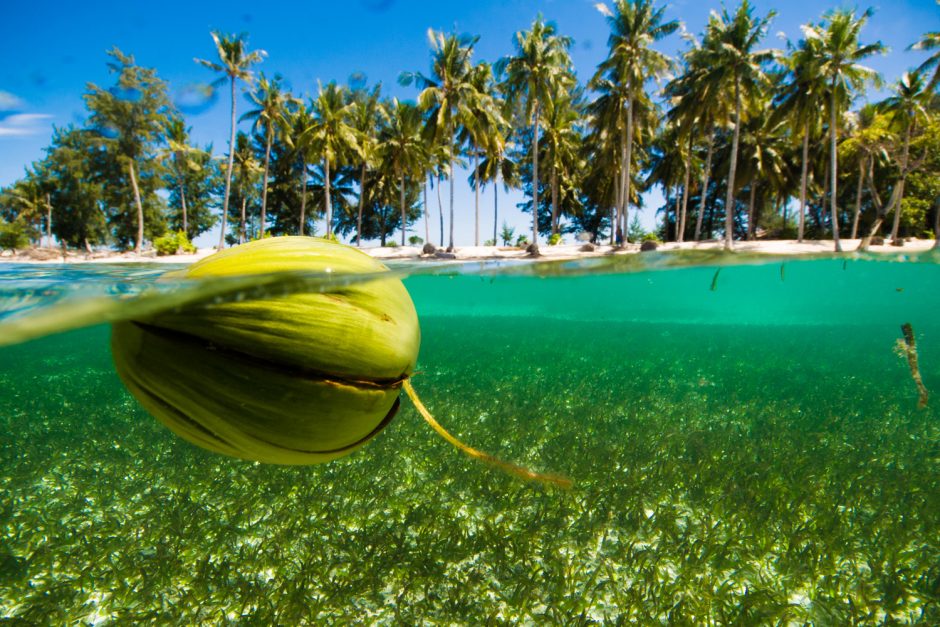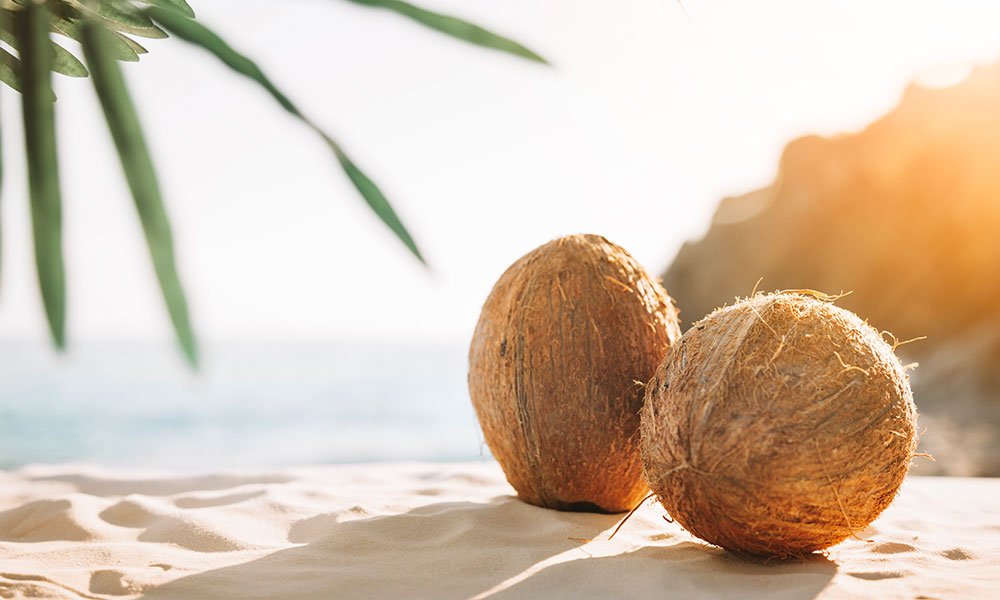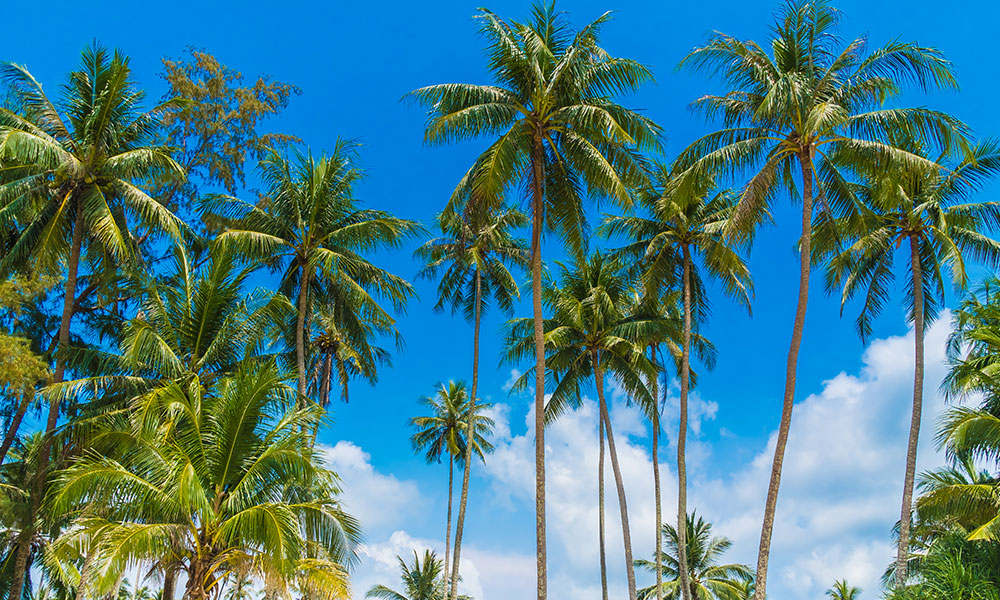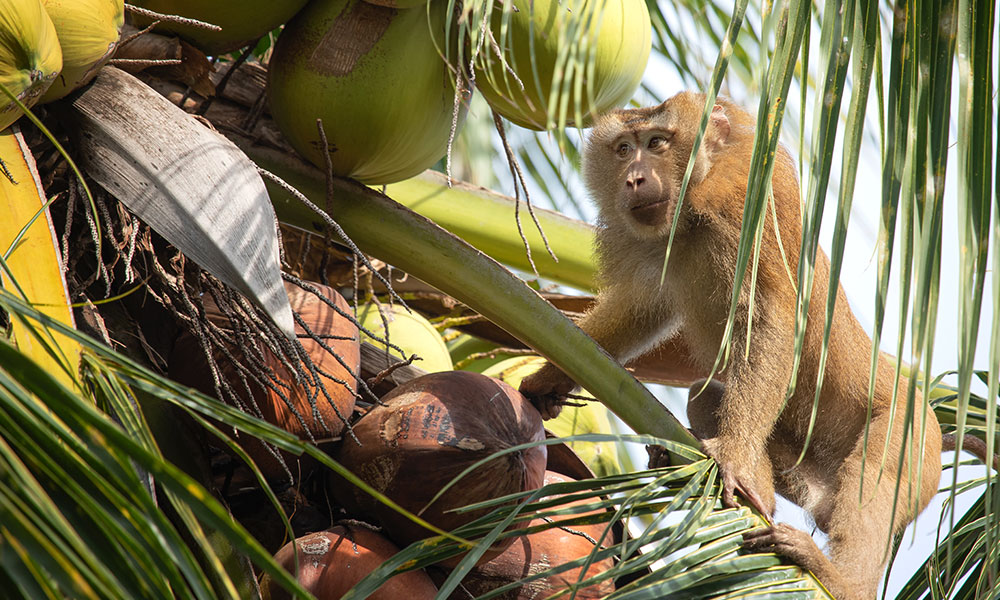Perk Up with 6 Tasteful Malaysian Drinks
Lighten your mood and rejuvenate your senses with 6 must-try Malaysian drinks!
Discover the authentic in Asian cuisine food
Around the World, Fresh Produce

Coconuts are fascinating spheres of delicious goodness. They’re found all over the world in places you wouldn’t expect to find them. The question is: how did they get there?

The origin of the coconut is still a hotly debated topic – believe it or not – even after all these years. It is generally accepted that the coconut originated in India and Sri Lanka and float-distributed itself around the world by riding ocean currents. The similarities of the local names of the coconut in the Austronesian – an area extending from Madagascar in the west to the Pacific islands in the east – region is also used as evidence that the plant originated around India.

O. F. Cook was one of the first scientists to suggest a different hypothesis. Cook determined that the coconut had originated in the Americas, as the coconut population found there pre-dated European discovery and the chance of coconuts from India washing up there was slim. This was supported by Thor Hyerdahl, who used Cook’s hypothesis to support his idea that the Pacific Islanders also originated from the Americas. But despite these dissenters, the Indian-Sri Lankan origin story is still thought to be the source of truth.
A popular theory suggests that coconuts can travel 110 days or 4,800 km by sea and still be able to germinate. Thor Heyerdahl, however, provides an alternative, and much shorter, estimate based on his first-hand experience crossing the Pacific Ocean on the raft Kon-Tiki:
“The nuts we had in baskets on deck remained edible and capable of germinating the whole way to Polynesia. But we had laid about half among the special provisions below deck, with the waves washing around them. Every single one of these was ruined by the sea water. And no coconut can float over the sea faster than a balsa raft moves with the wind behind it.”
Regardless of how far they can travel and germinate, there’s no doubt that coconuts have travelled small distances from island to island. Coral atolls that support no native plant life have coconut trees hanging on for dear life just above sea level. But it’s far-fetched to think the spread of coconuts was due only to floating fruit and ocean currents. There’s no doubt that sea-faring people over the years have helped the distribution of coconut trees.

Coconut fruit in the wild is light, buoyant and highly water resistant. However, the placement of the eye of the nut (down when floating), and the positioning of the coir cushion seems to indicate they’re there to protect the water-filled nut when dropping on rocky ground rather than for flotation.
Specimens have been collected from the sea as far north as Norway but these were most likely traded or taken as a souvenir. In the Hawaiian Islands, the coconut was first brought to the islands by early Polynesian voyagers from their homelands in Oceania. They have been found in the Caribbean and the Atlantic coasts of Africa and South America. It’s thought that they’ve been in the Caribbean for less than 500 years, as the native inhabitants do not have a word for them, instead of using the Portuguese name. But evidence of their presence on the Pacific coast of South America antedates Christopher Columbus’s arrival in the Americas, which continues to raise questions of their origin.

These days coconuts are cultivated all across the world. Modern equipment – like cherry pickers – are used to harvest coconuts, but there are still some traditions that continue to flourish. Thai farmers have been training pig-tailed macaques to pick coconuts for over 400 years, while growers in Oman need to drip feed their young trees to keep them hydrated.

Lighten your mood and rejuvenate your senses with 6 must-try Malaysian drinks!

Pair your hearty barbecues with these refreshing Asian delights!

What are the properties of ginger, and how to pick, store and use ginger in your cooking? Find out here!